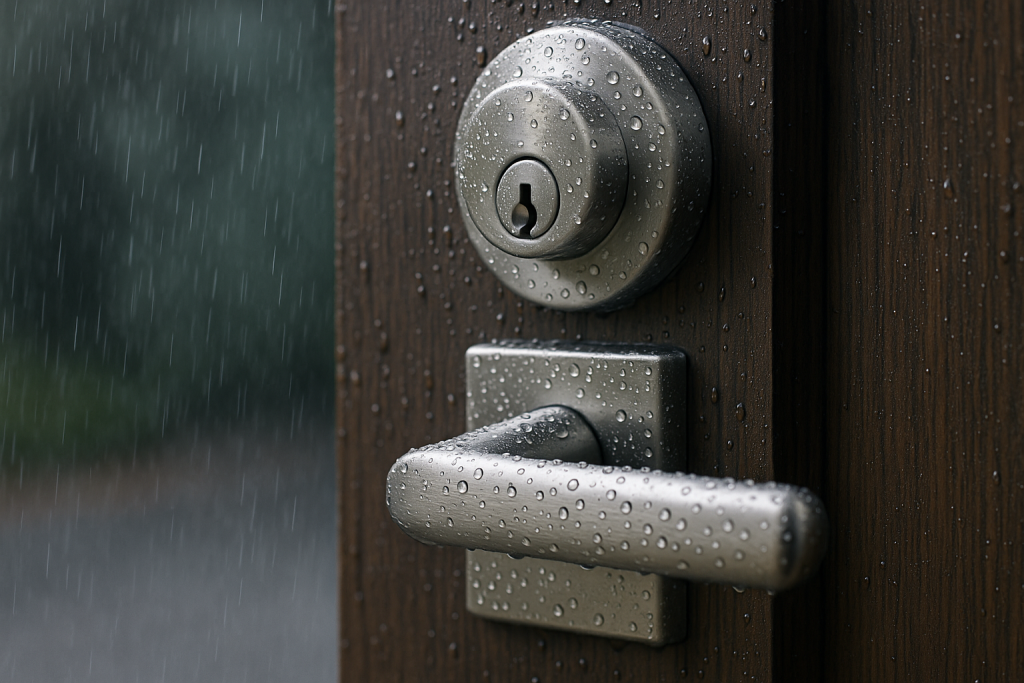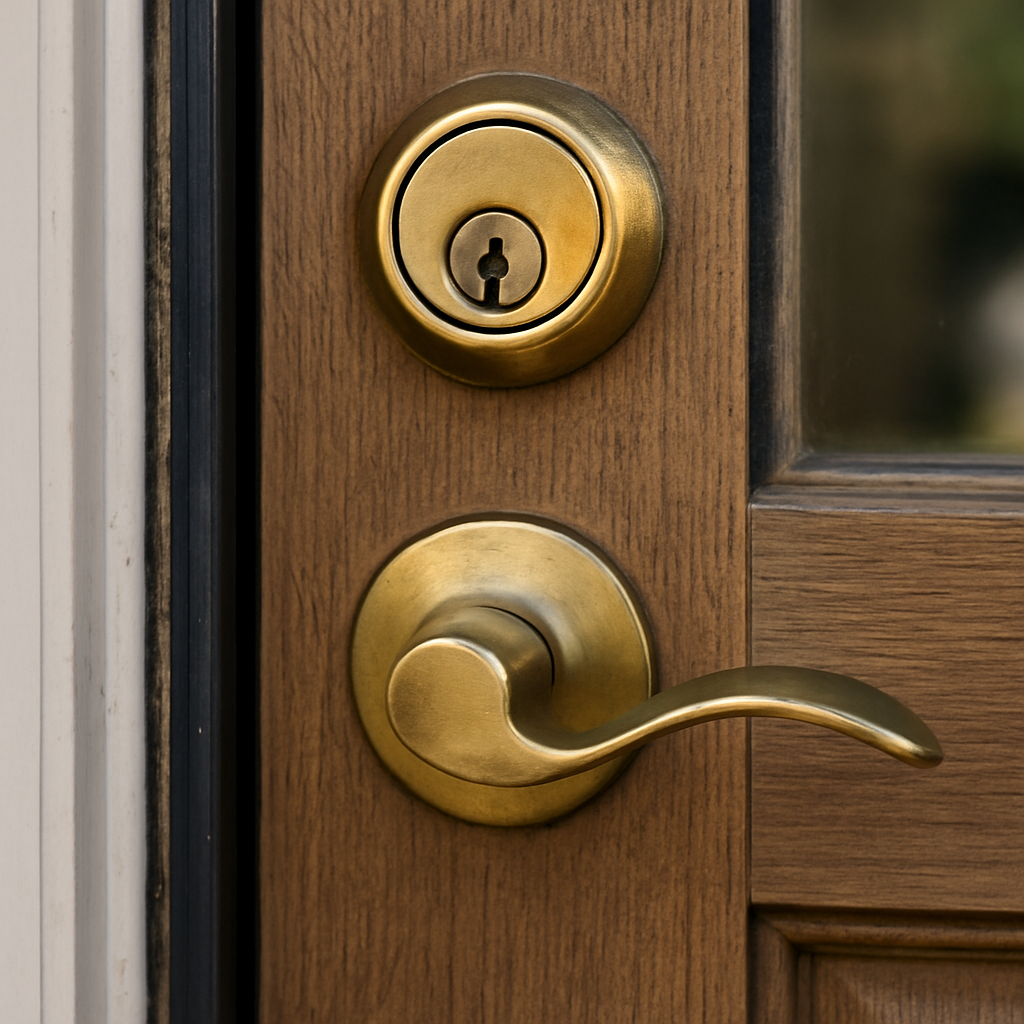6 Easy Steps to Install Sliding Gate Wheels
Sliding gates rely on strong, well-installed gate wheels to function smoothly and securely. Without them, even the best-designed gate can drag, misalign, or fail over time. This guide explains how to install sliding gate wheels step by step, ensuring durability, easy operation, and reliable long-term performance.
Why Sliding Gate Wheels Matter
Sliding gates depend heavily on their gate wheels for smooth operation and long-term reliability. These wheels carry the full weight of the gate, guiding it along the track while ensuring effortless movement. Without properly installed and well-maintained wheels, even the strongest gate can become difficult to operate.
-
Weight Distribution
- Gate wheels support and distribute the weight evenly, preventing the frame from sagging or bending over time.
-
Smooth Operation
- Quality wheels allow the gate to roll easily, reducing strain on both the structure and the user.
-
Security & Safety
- A gate that jams or drags can compromise security, leaving entry points vulnerable. Proper wheels ensure consistent closure and locking.
-
Durability
- Correctly fitted wheels extend the lifespan of both the track and the gate by minimising wear and tear.
In short, reliable gate wheels are not just a convenience—they are essential to the overall performance, security, and durability of sliding gates.
Similar read: How to Choose The Perfect Sliding Gate Wheels
Tools and Materials You’ll Need
Installing gate wheels requires the right tools and materials to ensure accuracy, safety, and long-term performance. Having everything ready before you start will make the process faster and more efficient.
Essential Tools:
- Measuring Tape & Marker – for marking exact wheel positions and ensuring accurate spacing.
- Spirit Level & Square – to check alignment and keep the gate perfectly straight on its track.
- Angle Grinder – for preparing metal surfaces or adjusting brackets where needed.
- Welding Machine (for weld-on wheels) – to secure brackets directly to the gate frame.
- Drill & Bolts (for bolt-on wheels) – as an alternative to welding, allowing easier DIY installation.
- Protective Gear – gloves, mask, and safety glasses for safe handling of tools.
Materials Required:
- Sliding Gate Wheels with Brackets – such as Ultralock’s Ultra-Wheel kits (40 mm, 60 mm, or 80 mm).
- Sliding Gate Track – the channel the wheels roll on.
- Grease or Lubricant – for smooth rolling and long-term maintenance.
By preparing these tools and materials in advance, you’ll ensure a precise installation that gives your sliding gate strength, stability, and reliable daily operation.
6 Step Guide to Installing Sliding Gate Wheels
Installing gate wheels correctly is vital to ensure your sliding gate operates smoothly and securely. Follow these steps for a professional, long-lasting result:
Step 1: Measure and Mark the Wheel Positions
- Use a measuring tape and marker to determine where the wheels will be fixed.
- Place them evenly at both ends of the gate frame to distribute weight correctly.
Step 2: Prepare the Gate Base
- Clean the contact points using an angle grinder to remove paint, rust, or debris.
- This ensures stronger adhesion for welding or a smooth surface for bolting.
Step 3: Fix the Wheel Brackets
- For weld-on wheels: Use a welding machine to secure brackets firmly to the frame.
- For bolt-on wheels: Drill holes and fasten with heavy-duty bolts and washers.
Step 4: Attach the Wheels
- Mount the wheels onto the brackets, making sure they rotate freely.
- Use a level to double-check alignment so the gate won’t drag or tilt.
Step 5: Place the Gate on the Track
- Carefully lift and position the gate onto the sliding track.
- Check that the wheels sit correctly and roll smoothly.
Step 6: Test and Adjust
- Slide the gate open and closed multiple times to identify any issues.
- Adjust alignment, tighten bolts, or reinforce welds where necessary.
By following these steps, your sliding gate will operate with stability, durability, and ease of use.
Learn the: 5 Steps to Improve Your Home’s Security
Common Mistakes to Avoid
Installing gate wheels may seem straightforward, but small errors can lead to big problems over time. Avoiding these common mistakes will help ensure a smooth, durable, and secure sliding gate.
-
Incorrect Spacing of Wheels
- Placing wheels too close together causes unnecessary strain on the track.
- Position them at both ends of the gate for even weight distribution.
-
Poor Leveling
- If the wheels or brackets are not aligned with a spirit level, the gate may drag or tilt.
- Always double-check alignment during installation.
-
Using the Wrong Wheel Size
- Undersized wheels cannot support the gate’s weight, leading to premature wear or failure.
- Match the wheel size and SWL (safe working load) to the gate’s weight.
-
Weak Welding or Loose Bolts
- Poor welds or unsecured bolts can cause the wheels to shift under pressure.
- Reinforce welds properly or use high-strength bolts.
-
Ignoring Maintenance
- Dirt, rust, or lack of lubrication quickly reduces performance.
- Regular cleaning and greasing extend the lifespan of both wheels and track.
By avoiding these mistakes, you’ll ensure your sliding gate runs smoothly, remains secure, and requires minimal long-term repairs.
Also read: How Criminals Actually Attack and Break Gates
Conclusion
Properly installed and maintained gate wheels are essential for smooth operation, long-term durability, and reliable security of sliding gates. By using the right tools, avoiding common mistakes, and investing in quality products, you ensure your gate performs flawlessly, protecting your property with strength and efficiency every day.
Upgrade your sliding gate with Ultralock’s durable Ultra-Wheel kits, designed for strength, smooth performance, and long-lasting reliability. Whether for residential or industrial use, our wheels deliver unmatched quality. Take the first step toward better gate security—contact us today to find the ideal solution for your gate.

